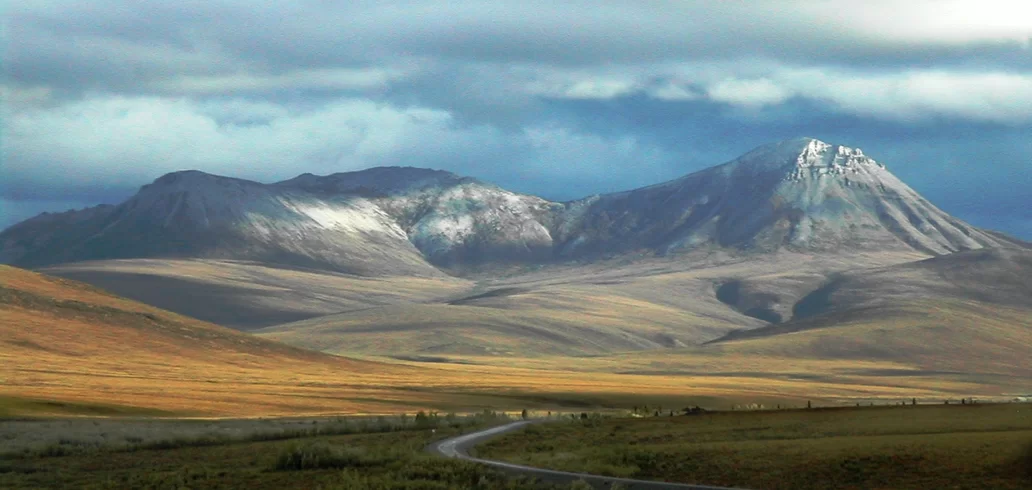Curiosities
How can animals of different species communicate?
Advertisement
1. **Vocalization:** Many animals make sounds to communicate. This can include vocalizations such as roars, grunts, barks, meows, trills, whistles, and so on. These sounds can convey information about location, danger, food availability, or attracting mates.
2. **Visual signals:** Animals also use visual signals to communicate. This can include body gestures, postures, movements, and even color displays. For example, many birds display colorful plumage during mating season to attract mates.
3. **Smell:** Smells play an important role in communication for many animal species. They may use pheromones to mark territory, attract mates, or communicate information about reproductive status.
4. **Touch:** Some animals communicate through touch. This can include gestures such as caresses between members of a social group, or behaviors such as the dance of bees to indicate the location of food sources.
5. **Chemical communication:** In addition to pheromones, some animals also use chemicals to communicate. For example, ants lay down pheromone trails to guide other ants to food sources.
6. **Electrical Communication:** Some fish and other aquatic animals use electrical signals to communicate, detect prey, or detect predators.
These are just a few examples, and animal communication is a very diverse and complex field. Each species has developed its own unique ways of communicating to deal with the specific challenges of its environment and lifestyle.
Turn-taking in the animal kingdom
Turn-taking in the animal kingdom is a behavior observed in many species, where individuals alternate responsibilities or tasks over time. This type of behavior is often observed in social animals, where collaboration is essential for the survival of the group. Here are some examples of turn-taking in different contexts:
1. **Parental care:** In many species, parents share responsibility for raising their young. For example, in many birds, parents take turns incubating eggs and feeding their chicks. In some cases, such as penguins, parents alternate incubating while the other forages for food.
2. **Vigilance:** In social groups of animals, such as meerkats, members of the group take turns standing guard while the others search for food. Individuals take turns to ensure that everyone has a chance to feed and that the group is protected from predators.
3. **Rest:** In groups of animals that live in dangerous areas, such as buffalo herds or elephant herds, group members take turns resting while others keep watch. This helps ensure that everyone in the group gets a chance to rest and recharge.
4. **Feeding:** In some species, such as certain ants and bees, individuals take turns collecting food or producing resources needed by the group, such as the production of honey in bee hives.
These are just a few examples of how turn-taking is observed in the animal kingdom. This type of behavior is an effective strategy to optimize resources, ensure the safety of the group and maximize the chances of survival.
Interspecies dialogue
Interspecies dialogue is fascinating and can occur in many ways, although it is not always the way we imagine dialogue between humans. Here are some ways it occurs:
1. **Symbiosis:** Some interspecies relationships involve a form of indirect communication, where species have coevolved to cooperate in some way. For example, in symbiotic relationships, such as between certain cleaner fish and other fish that visit “cleaning stations” to get rid of parasites, communication may be based on specific gestures and behaviors that indicate cooperation and acceptance.
2. **Predator-Prey:** In many cases, interspecies communication occurs between predators and prey. For example, certain butterflies have developed wing patterns that mimic the eyes of predators, such as owls, to deter attacks. This is a type of visual dialogue, where the prey “communicates” a message that it is not easy prey.
3. **Cooperation:** In situations of cooperation between species, as seen in some birds and mammals that form hunting partnerships, communication may involve specific signals that indicate when it is time to act, such as vocal calls or body movements.
4. **Interspecies-specific communication:** Some forms of interspecies communication can occur between animals of different species that share a common interest. For example, during migrations, different bird species may communicate through calls to warn of danger or indicate food sources.
5. **Domestication and Human Interaction:** The domestication of animals throughout history has also brought about forms of interspecies communication, where humans and animals share a mutual understanding of gestures, facial expressions, and verbal commands.
Although animals do not communicate in the same ways as humans, they have evolved a variety of ways to interact and cooperate across species to meet their needs and survive in their respective environments.





